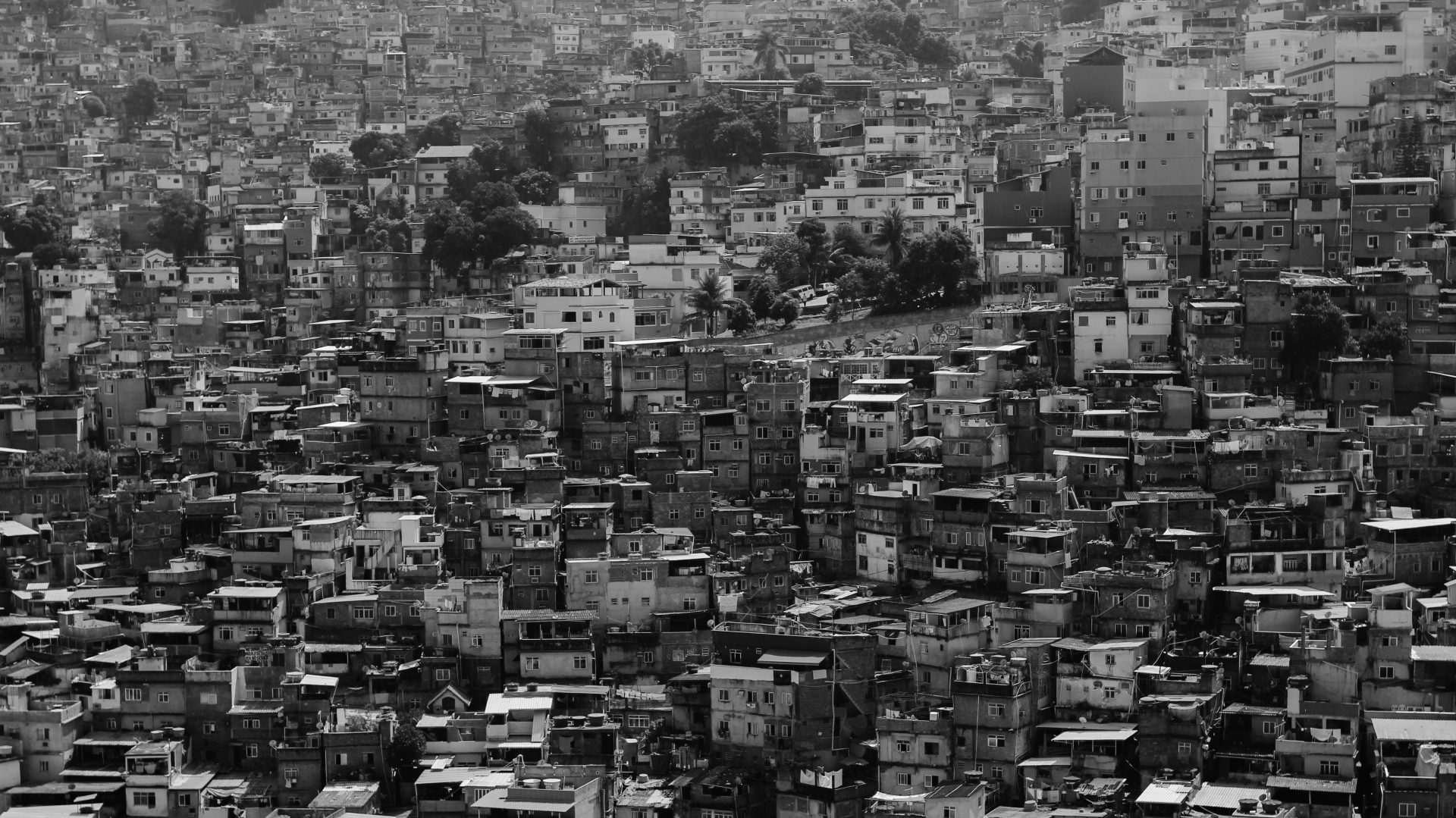In eight months, tens of thousands of international delegates, local authorities, stakeholders and urbanists are expected to descend on Ecuador’s capital for the U.N.’s major urbanization conference.
Published in: www.citiscope.org // By: Greg Scruggs // Feb 19, 2016 // Full article here
Seventeenth-century churches will be transformed into public forums discussing the latest innovations in housing and urbanism. The largest-ever gathering of mayors and local leaders will give cities a voice on the international stage. Some 40,000 people, among them grass-roots activists, business leaders and curious citizens alike, will stroll through neighbourhoods transformed. One by one, world leaders will commit to a new urban agenda for the next 20 years on this increasingly urbanized planet.
This, at least, is what organizers hope will be the scene in Quito on 17-20 October, when the Ecuadorian capital hosts the United Nations Conference on Housing and Sustainable Urban Development — commonly known as Habitat III. It will be the first U. N. summit held in Ecuador and will almost certainly be Quito’s largest-ever event in terms of foreign visitors. For attendees familiar with the World Urban Forums, the biennial gathering hosted by UN-Habitat, the event is shaping up to be a WUF on steroids.
Still, Quito is no stranger to major events, particularly following a visit last year by Pope Francis that mobilized a million people for a public Mass, over half of them visitors from outside Quito. But the scale, global visibility and prestige of Habitat III has officials paying attention. “We should be very proud that Quito will host this grand event,” Housing and Urban Development Minister María Duarte said this week. “We are prepared to organize Habitat III in Quito — it’s a great responsibility.”
Duarte spoke to a crowd of dignitaries during the formal launch of Ecuador’s path toward Habitat III, which will include a countrywide dialogue about the state of the country’s cities and culminate in a national urban forum.
Quito is Ecuador’s second-largest city behind the port town of Guayaquil and is dealing with many of the issues at the heart of Habitat III’s debates — rural-to-urban migration, urban mobility, public space, minority rights, natural disasters and cultural heritage. Indeed, some of these issues have direct bearing on how well the city will be equipped to handle the influx of visitors later this year.


